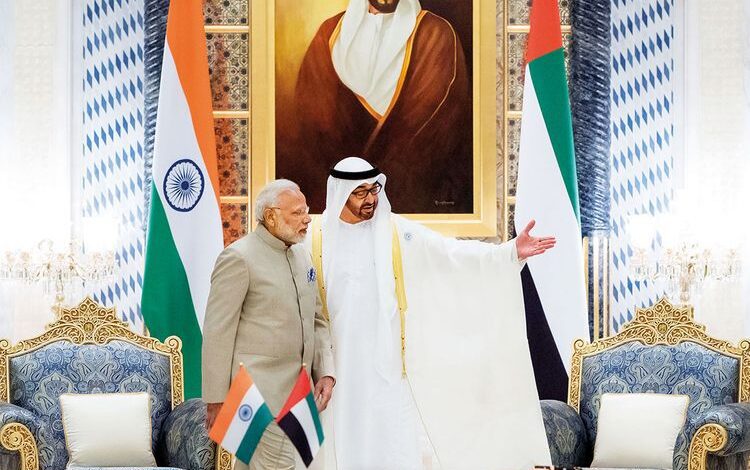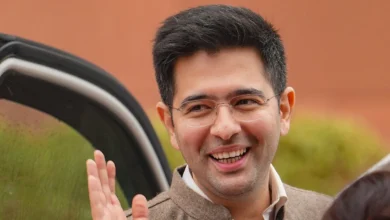
India and the United Arab Emirates (UAE) signed a historic Comprehensive Economic Partnership Agreement (CEPA), a broad trade and investment pact on Friday that will eventually cut all tariffs on each other’s goods and aims to increase annual trade between the two nations to $100 billion within five years.
The deal was signed during the virtual summit meeting between Prime Minister Narendra Modi and Sheikh Mohamed bin Zayed Al Nahyan, Crown Prince of Abu Dhabi.
“There will be a huge flow of trade and investments between both nations and it’s going to open the door for more business opportunities,” Emirati Minister State for Foreign Trade Thani Al Zeyoudi told Reuters.
The agreement, which was not immediately made public, eliminates 80 per cent of tariffs on UAE and India goods, while all tariffs are to be removed within ten years, Al Zeyoudi said.
India has also announced to set up the first Indian Institute of Technology, IIT in Dubai as a part of India-UAE trade deal. his will be the first time when India’s premier institute, IIT will be set up in a foreign country.
On emerging technologies, they agreed to expand cooperation on critical technologies and mutually promote e-businesses and e-payment solutions and promote start-ups from both countries.
Both India and the UAE recognise the value of upskilling on enhancing workforce productivity, and value the contribution of the skilled workforce from India in various economic sectors in the UAE. The two parties agreed to enhance their cooperation in order to develop a mutually agreed professional standards and skills framework.
The two parties agreed to closely work together to ensure that the UAE labour market skill needs from India are met by ensuring workforce access to training programs that are in alignment with the market needs and address the changing needs for the future of work.



